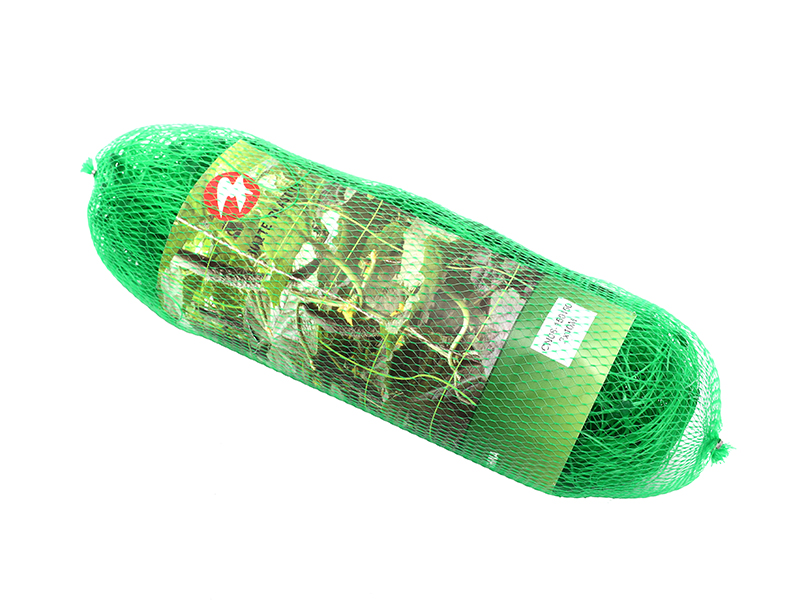Plastic impregnation is based on isolation barrier, wea […]
Plastic impregnation is based on isolation barrier, weather-resistant polymer resin as its outer layer (thickness 0.5-1.0MM), with anti-corrosion, anti-corrosion, acid and alkali resistance, moisture resistance, insulation, aging resistance, good feel, environmental protection, long life Features such as the renewal of the representative surface treatment process of traditional anti-rust paint, galvanized and other coating products.
The principle of spray barrier: use electrostatic spraying machine to spray the powder coating onto the surface of the fence, under the action of static electricity, the powder will be uniformly adsorbed on the surface of the fence to form a powder coating; the powder coating is baked at high temperature After baking and leveling, it becomes a final coating with different effects; the spraying effect is superior to the spraying process in terms of mechanical strength, adhesion, corrosion resistance, and aging resistance, and the cost is also under the same effect of spraying paint.
The difference between dip and spray of isolation barrier: Generally speaking, the effect of dip plastic is better than that of spray plastic. In recent years, the application of dip plastic for fence mesh has become more and more extensive. It has the characteristics of non-toxic, wear-resistant, light-fast, colorful, and feel good. From the appearance point of view, the sprayed outer surface is harder and smoother than the plastic-impregnated surface. But to further distinguish, you can use a knife to cut the surface of the fence. Take a look at the surface thickness. The thickness of the dip plastic is larger than the thickness of the spray plastic. Generally, the thickness of the spray plastic is only about 0.2mm. Those with a thickness of 3 mm and above are dip-coated.




 WhatsApp:+8613626888261
WhatsApp:+8613626888261